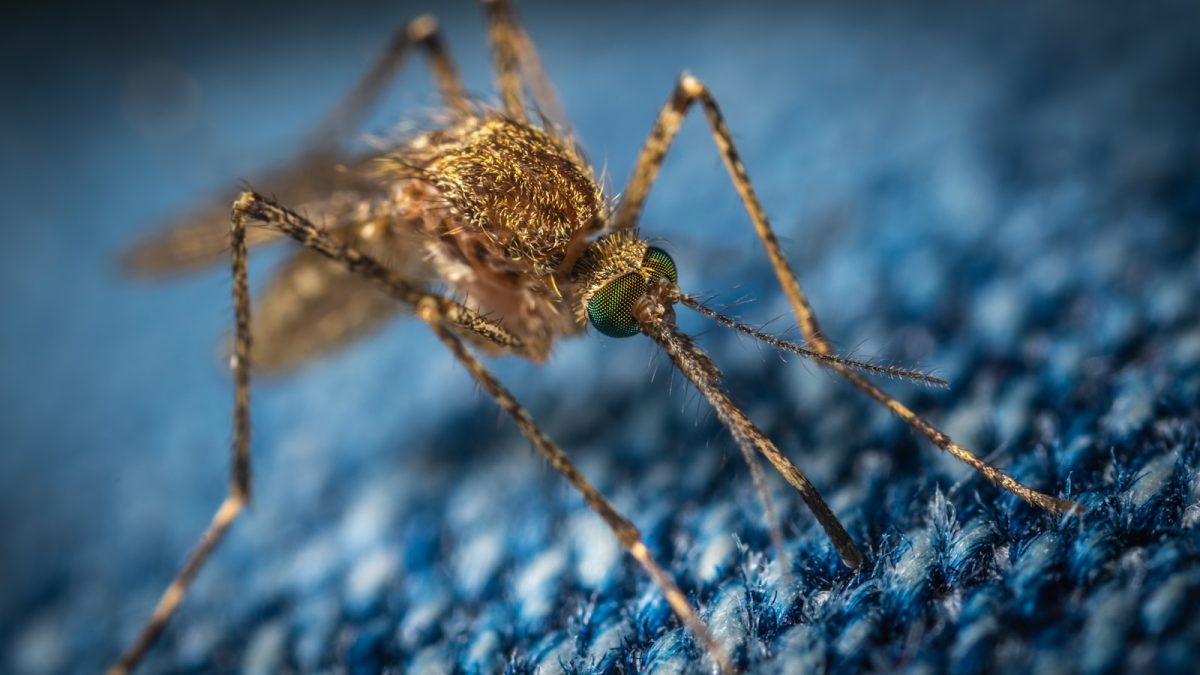Most people know that being outside improves your physical health, like getting vitamin D from the sun, but did you know that being outside can boost your mental health as well?
Mental Benefits:
In your brain, you have different chemicals that produce different emotions. Dopamine makes you happy, cortisol and adrenaline make you anxious and/or stressed, oxytocin makes you feel love, and serotonin makes you feel content. Low levels of these chemicals can cause depression and make you sad. Evolution has trained us to fight off being stressed by either exercising or being around trees. Trees let out chemicals in the air to make them appealing to bees (so that the bees pollinate them), but those chemicals also make your body relieve the stress in your brain, and can boost dopamine and serotonin levels. Trees also  help regulate your emotions such as anger. A study by Frances Kuo and William Sullivan showed that in Chicago, a city notorious for its crime, a housing project with more green space and a window in each room reduced property crime by 48% and violent crime by 56% than its more urbanized counterparts. Also, there are such things as true dopamine and false dopamine. Things such as sunsets and hugging trees give your brain true dopamine, while screens are engineered falsely to produce dopamine in your brain. By looking at screens and playing games, you get your brain addicted to that false sense of dopamine. The better way to be happy or decrease sadness is by going outside. Your body was made to go outside. Evolution cannot change in a single century.
help regulate your emotions such as anger. A study by Frances Kuo and William Sullivan showed that in Chicago, a city notorious for its crime, a housing project with more green space and a window in each room reduced property crime by 48% and violent crime by 56% than its more urbanized counterparts. Also, there are such things as true dopamine and false dopamine. Things such as sunsets and hugging trees give your brain true dopamine, while screens are engineered falsely to produce dopamine in your brain. By looking at screens and playing games, you get your brain addicted to that false sense of dopamine. The better way to be happy or decrease sadness is by going outside. Your body was made to go outside. Evolution cannot change in a single century.
Physical Benefits:
Some physical benefits of trees are entirely overlooked. Trees can decrease temperatures 20° to 45° degrees on average versus the unshaded parts. Trees also work to filter toxins from soil, which can be crucial in having good gardens. Stormwater runoff is also absorbed by trees, making drains and sewers less necessary, which could save money.
History of Stress-Relieving in Other Cultures:
Multiple other cultures have been fighting off cortisol with trees for centuries. The Japanese have a technique known as Tree bathing, or shinrin-yoku, which is connecting to nature by wandering into a forest and enjoying your time there. The Scandinavian countries have a style called Friluftsliv, which means Open-air living. This method involves going outside, no matter the weather, and embracing the natural world. People in India practice Ayurveda, where you participate in routines that bond you with nature. Germans have a process known as Waldkindergarten, where young kids are taught school in forests to institute a love of nature from a young age and teach curiosity and understanding of nature. Italians have a strategy called Passeggiata where you walk through gardens before dinner to try to relieve the stress before bed. Keep in mind, all of these were invented before the 1900s or even the 1800s.
Overall, trees have many benefits, from dopamine boosts to saving money. People have been relying on trees for a while, and it’s in our best interests to make sure that people keep on relying on them.
Related Stories:
https://www.apa.org/monitor/2020/04/nurtured-nature
https://www.mcleanhospital.org/essential/nature
https://www.mind.org.uk/information-support/tips-for-everyday-living/nature-and-mental-health/
Take Action:
Put down this article and go outside. Hug a tree. It helps.






